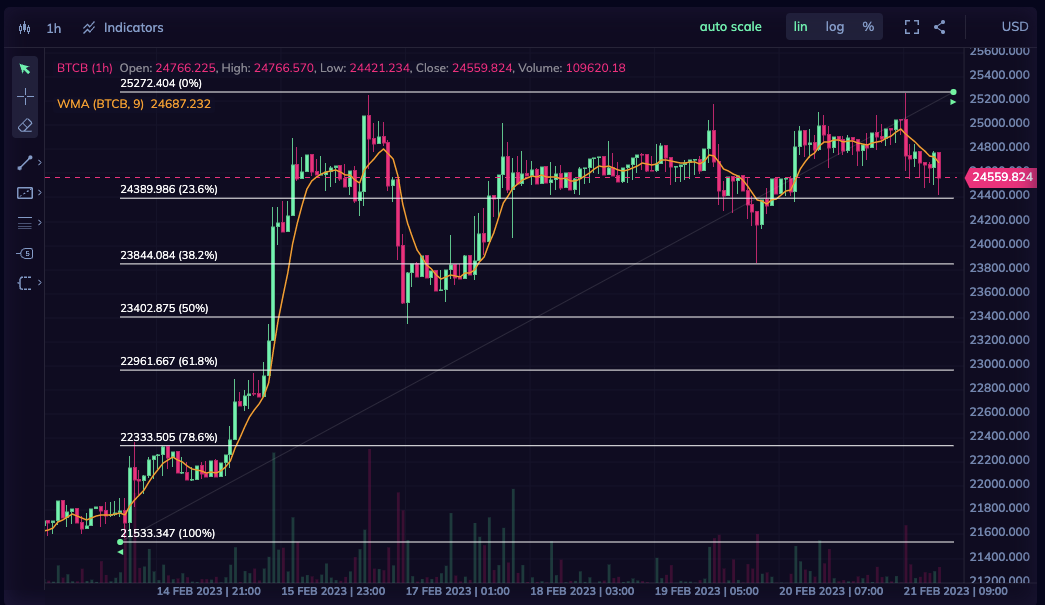What is a Fork?
A fork is a divergence in the blockchain's original codebase, which can lead to the creation of a new blockchain with its unique features.

A fork in the cryptocurrency world refers to a significant change in the underlying protocol of a particular blockchain network. In simpler terms, it is a divergence in the blockchain's original codebase, which can lead to the creation of a new blockchain with its unique features. In this article, we will explore the definition of a fork, its history, how it works, examples, and some interesting facts.
Definition
A fork in cryptocurrency refers to a significant change in the underlying protocol of a particular blockchain network. There are two types of forks: soft forks and hard forks. A soft fork refers to a backward-compatible update to the protocol, while a hard fork is a non-backward-compatible update to the protocol. In a hard fork, the original blockchain splits into two different chains, each with its unique rules and features.
History
The concept of a fork in cryptocurrency can be traced back to 2013 when the blockchain network behind Bitcoin experienced its first fork. This fork was caused by a disagreement between Bitcoin developers on whether to increase the block size or not. As a result, a new blockchain network called Bitcoin Cash was created, which increased the block size to 8 MB, compared to Bitcoin's 1 MB block size. Since then, there have been numerous forks in the cryptocurrency world, with each creating its unique blockchain network.
How it works
When a fork occurs, the original blockchain network splits into two different chains, each with its unique features and rules. The new blockchain network inherits the entire transaction history of the original blockchain, but from that point on, each blockchain develops independently. Depending on the type of fork, users can either continue using the original blockchain or switch to the new blockchain network.
In a hard fork, the new blockchain network is not backward-compatible with the original blockchain. This means that users who want to switch to the new blockchain network need to upgrade their software. Those who choose not to upgrade their software will remain on the original blockchain network.
Examples
There have been numerous forks in the cryptocurrency world, with each creating its unique blockchain network. Some of the notable examples include:
- Bitcoin Cash: Forked from Bitcoin in 2017 to increase the block size and improve transaction speeds.
- Ethereum Classic: Forked from Ethereum in 2016 after a hack that resulted in the loss of millions of dollars worth of Ether. The fork was created to restore the blockchain to its original state before the hack.
- Litecoin Cash: Forked from Litecoin in 2018 to increase the block size and reduce transaction fees.
Interesting Facts
- A hard fork can create a new cryptocurrency, which can have significant value in the market. For example, Bitcoin Cash is currently the 13th largest cryptocurrency by market capitalization.
- Forks can cause a divide in the community, with some users choosing to stick with the original blockchain network and others migrating to the new blockchain network.
- Forks can be planned or unplanned. Planned forks are typically well-coordinated and involve community members, while unplanned forks can be caused by bugs, hacks, or other unforeseen events.
- Forks can be used to address governance issues and implement changes that the community agrees on.
Conclusion
In conclusion, a fork in cryptocurrency refers to a significant change in the underlying protocol of a particular blockchain network. It can be caused by a disagreement among community members or the need to address governance issues. When a fork occurs, the original blockchain network splits into two different chains, each with its unique features and rules. There have been numerous forks in the cryptocurrency world, with each creating its unique blockchain network, some of which have become major cryptocurrencies. It's important to note that forks can have significant implications for the cryptocurrency market, and investors should keep an eye on them.




